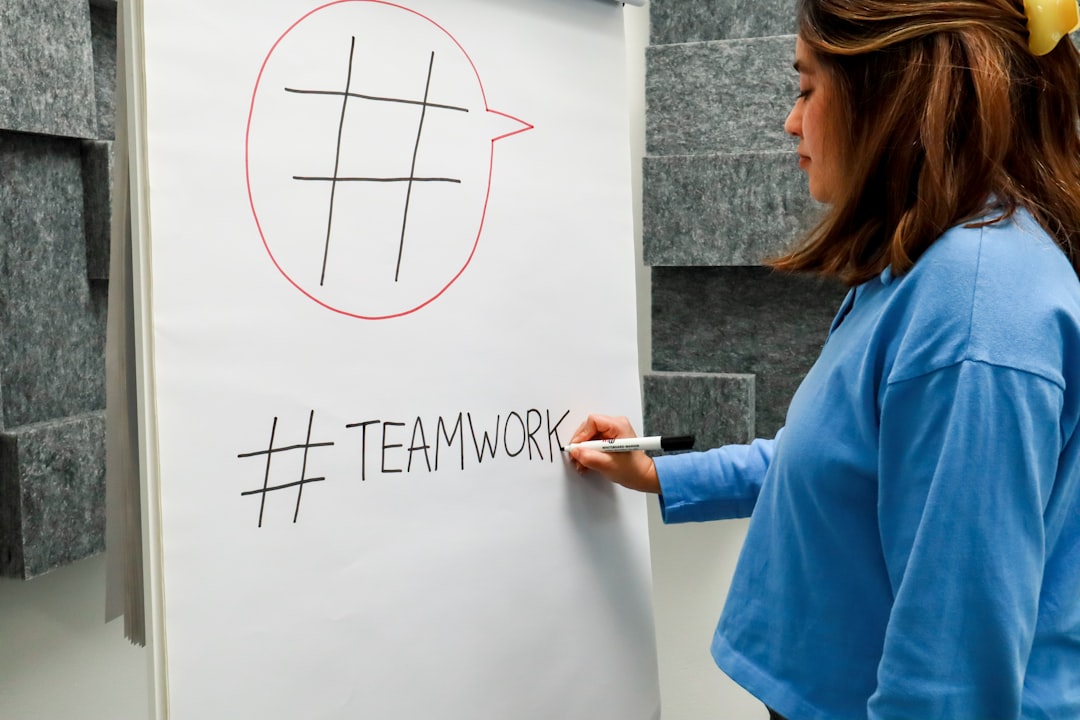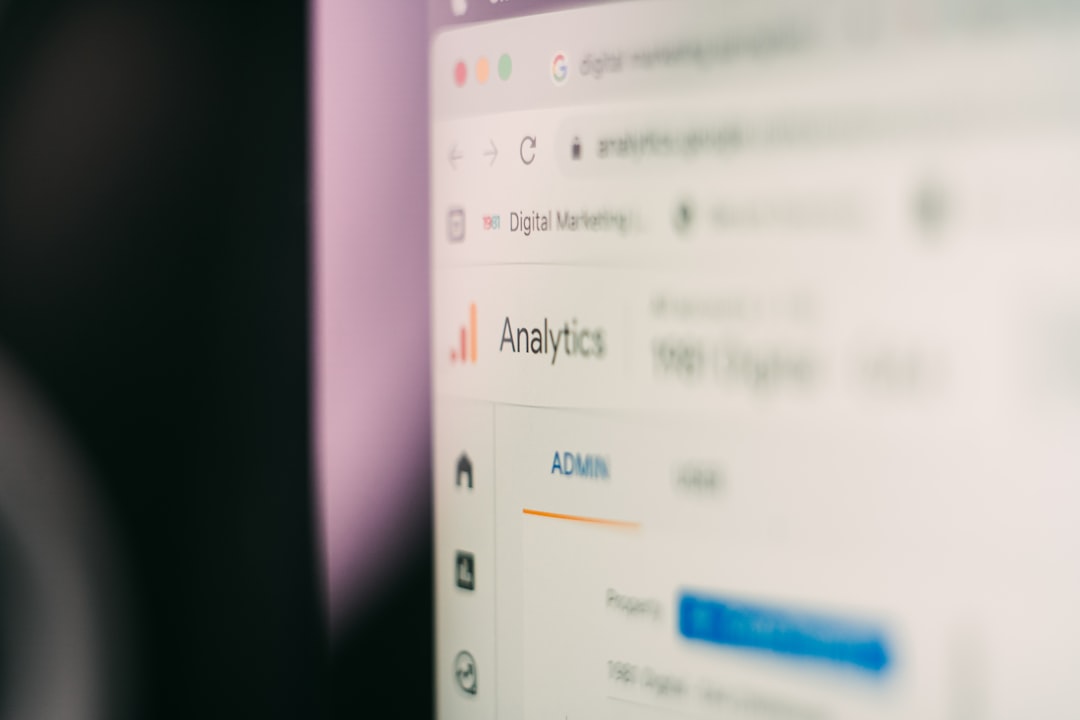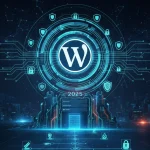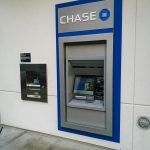In today’s highly competitive market, organizations that prioritize *customer success* not only retain clients longer but also see greater returns on their product or service offerings. One of the most effective tools companies can leverage to bolster customer success is a well-designed Customer Learning Program (CLP). These programs are targeted educational resources, designed to empower customers with the knowledge and skills they need to use a product or service effectively. As digital transformation continues to shift the way customers engage with brands, investing in learning programs isn’t a luxury—it’s a necessity.
What Is a Customer Learning Program?
A Customer Learning Program is a structured educational offering that provides customers with the training and support they need post-purchase. Unlike employee training, which focuses internally, a CLP is designed with the end-user in mind. It typically includes:
- Online courses and tutorials
- Knowledge bases and help centers
- Webinars and live Q&A sessions
- Community forums and peer-to-peer support
- Certifications and learning paths
By offering a mix of formats and tailored content, a strong customer learning program meets clients where they are, helping them gain confidence while also reducing dependency on support teams.
Why Do Customer Learning Programs Matter?
Investing in customer education is more than an act of goodwill—it’s a strategic move that offers measurable benefits. Here’s why they matter:
1. Increases Product Adoption and Usage
When customers understand how to use a product’s full range of features, they naturally extract more value from it. Instead of sticking to basic functionalities, educated users dive deeper. As they do, they often become more reliant on the product, leading to increased software stickiness and reduced churn.

2. Reduces Support Costs
An informed customer is less likely to rely on customer support for basic queries. With a solid CLP in place, users can resolve issues themselves, freeing up service teams to focus on complex concerns. This proactive approach saves organizations both time and money.
3. Boosts Customer Satisfaction and Loyalty
Empowering customers to succeed builds trust. When clients feel supported and equipped, their overall satisfaction increases—making them more likely to renew contracts, upgrade services, and advocate for the brand.
4. Enhances Onboarding Speed
For many SaaS and service-based companies, the onboarding period is critical. A comprehensive learning program fast-tracks the journey from sign-up to proficiency. Quick adoption means customers reach value faster—commonly referred to as the “time to first value”—which sets the tone for a longer, more successful relationship.
5. Builds a Community Around the Brand
Many organizations integrate learning programs with community forums, leaderboards, or gamification elements. This creates space for enthusiastic users to share tips, discuss use cases, and support each other. Over time, such an environment fosters a sense of loyalty and advocacy that money can’t buy.
Key Elements of a Successful Customer Learning Program
Not all educational content is created equal. To truly benefit from a CLP, companies must craft it with intention. Here are the pillars of an effective program:
- Customer-Centric Design – Content should be based on user personas and typical customer journeys. Consider the skill level, goals, and pain points of the audience.
- Modular and Scalable – Create bite-sized content that can evolve over time. Add new modules as features roll out or customer needs change.
- Interactive and Engaging Formats – Incorporate quizzes, interactive videos, and challenges to increase retention and participation.
- Real-Life Scenarios – Demonstrate use cases and workflows that mirror customers’ daily routines or challenges.
- Feedback Loops – Allow users to rate content, suggest topics, or ask follow-up questions. Use this input to continually refine offerings.
Industries Benefiting from Customer Learning Programs
While any organization with a digital product or service can benefit from a CLP, some industries stand out:
- SaaS companies improving user onboarding and renewals
- Fintech solutions educating users on complex financial tools
- Healthcare platforms training patients and practitioners alike
- eLearning providers offering platform-specific training
In these sectors, informed users are not just satisfied—they’re safer, more efficient, and often more compliant with industry regulations.
Measuring the Success of Customer Learning Programs
To understand the impact of a CLP, companies should establish KPIs at the outset. These may include:
- Course completion and engagement rate
- Customer satisfaction (CSAT) scores
- Net Promoter Score (NPS)
- Time to first value
- Reduction in support tickets
Metrics make it easier to refine the program and showcase ROI to stakeholders, ensuring continued investment and improvement over time.

Case Studies and Real-World Success
Organizations like HubSpot, Salesforce, and Shopify have demonstrated how a strategic customer education initiative can radically improve retention and satisfaction. For example, HubSpot Academy not only teaches users how to make the most of their CRM platform but also offers certifications, helping customers boost their own credibility in the job market—an added value with shared benefits.
Likewise, Salesforce Trailhead takes users on gamified learning journeys, rewarding participation and mastery. These companies understand that amplifying customer capability directly translates into brand trust and bottom-line growth.
Conclusion
Customer Learning Programs are powerful tools for long-term growth. They ensure that customers are not just users but empowered advocates, confident in their ability to extract value from a product or service. As companies increasingly compete on customer experience, investing in education will be the key differentiator. A well-executed program leads to smarter users, stronger relationships, and sustainable success.
Frequently Asked Questions
-
What types of organizations should implement a Customer Learning Program?
Any organization with a product or service that requires user engagement or onboarding—particularly SaaS, fintech, healthcare, or complex service industries—should consider implementing a CLP. -
Is customer education the same as customer support?
No. Customer education is proactive and focused on long-term success, whereas customer support is reactive and handles immediate issues. -
How do I start building a Customer Learning Program?
Begin with understanding the needs and pain points of your customers. From there, develop modular content, choose the right platforms for delivery, and integrate opportunities for feedback. -
What platforms are commonly used for customer learning?
Learning Management Systems (LMS) like Thinkific, Docebo, and TalentLMS, as well as knowledge base tools like Zendesk or Intercom, are popular choices for delivering and managing customer education. -
How do I measure the success of a Customer Learning Program?
Use KPIs such as course completion rates, customer satisfaction, NPS, decrease in support tickets, and customer churn to assess the program’s effectiveness.
 logo
logo



